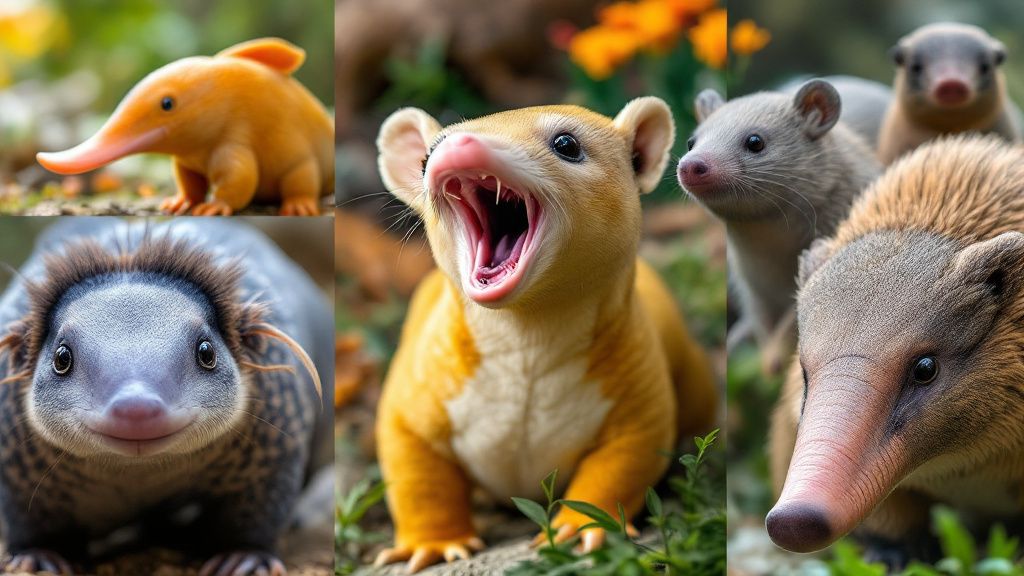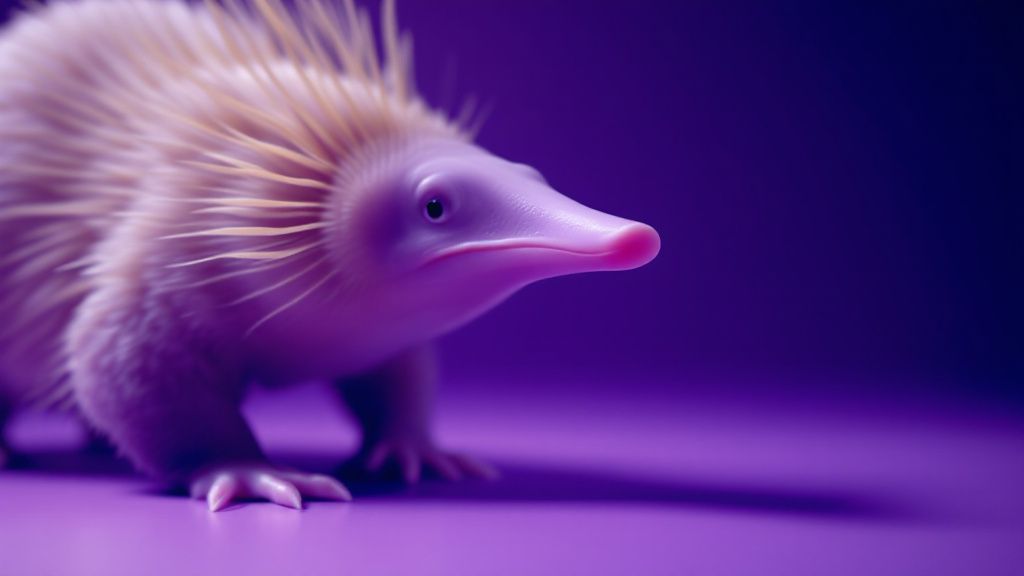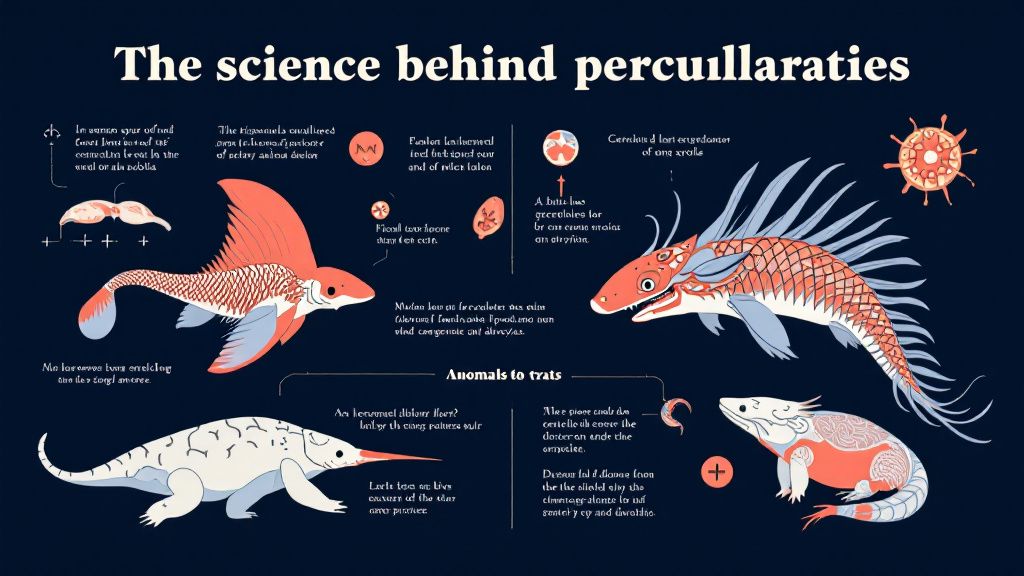
In the world of unique wildlife, some animals stand out due to their extraordinary traits. The axolotl, often called the 'Mexican walking fish,' is an amphibian that retains its larval features throughout its life. This fascinating creature can regenerate lost limbs and even parts of its heart and brain, making it a subject of interest in regenerative medicine. The platypus, native to Australia, is another marvel with its duck-bill, webbed feet, and egg-laying ability. Remarkably, it is one of the few venomous mammals, with males capable of delivering a painful sting through their spurs.
The kakapo, a flightless parrot from New Zealand, is the heaviest parrot in the world and is critically endangered. Conservation efforts are crucial for this species, as its unique owl-like face and inability to fly make it vulnerable. Similarly, the narwhal, known as the 'unicorn of the sea,' features a long, spiral tusk that is actually an elongated tooth, believed to play a role in mating rituals.
In Madagascar, the Aye-aye lemur employs a unique method of finding food called percussive foraging. It taps on trees to locate insects, using its specially adapted long middle finger to extract them. The Pangolin, the only mammal covered in scales, is known for its defense mechanism of rolling into a ball when threatened. Unfortunately, it is heavily trafficked for its scales.
The Okapi, often referred to as the 'forest giraffe,' has a body resembling a horse with zebra-like stripes on its legs. Native to the rainforests of the Democratic Republic of the Congo, it is a rare animal with a unique appearance. The star-nosed mole, with its star-shaped nose covered in sensitive touch receptors, can detect prey in its dark, underground habitat.
Finally, the blue-footed booby is a seabird recognized for its striking blue feet, used in courtship displays. The brightness of its feet indicates the bird's health and genetic fitness, making it a fascinating subject in animal discovery. These incredible animals with unique traits not only captivate our imagination but also highlight the importance of animal conservation and the efforts of animal rights organizations in preserving such rare and unusual animal behavior.
In 2024, the discovery of 13 new animal species highlighted the ongoing exploration of uncharted territories and the rich biodiversity that still exists on our planet. This trend of finding new species continues to grow, with researchers emphasizing the importance of expeditions into remote areas to uncover hidden biodiversity. An expedition in northwest Peru, for instance, uncovered 27 new species, including four new mammal species, showcasing the region's rich biodiversity and the critical need for conservation efforts.
The discovery of new species is crucial for understanding ecosystems and evolution. Recent findings have led to significant scientific breakthroughs and potential medical advancements. Unique adaptations found in these newly discovered species can inspire new technologies, demonstrating the intersection of biodiversity and innovation. Moreover, these discoveries underscore the importance of conservation, as they inform environmental health and ecosystem management strategies.
The excitement surrounding new species discoveries captivates scientists and engages the public, raising awareness about biodiversity and conservation issues. Even in well-explored areas, new species can still be found, often in unexpected places. This ongoing discovery of unique creatures across the globe emphasizes the importance of animal discovery and the role of animal rights organizations in preserving our planet's unique wildlife.

In the realm of unique animal adaptations, some species have evolved extraordinary traits that serve as evolutionary marvels. The Arctic fox, for instance, changes its fur color with the seasons, providing effective camouflage against predators and aiding in temperature regulation. This adaptation is a testament to the intricate ways in which animals have evolved to survive in their environments.
Certain species, like the tardigrade, exhibit remarkable resilience, surviving extreme conditions such as high radiation, extreme temperatures, and even the vacuum of space. These unique cellular adaptations highlight the incredible capabilities of some animals to endure harsh environments. Similarly, the mimic octopus employs an evolutionary strategy by imitating the appearance and behavior of other marine animals, such as lionfish and flatfish, to defend against predators.
Fish species inhabiting dark caves have undergone regressive evolution, losing their eyesight as an adaptation to their lightless surroundings. This phenomenon illustrates the diverse paths evolution can take in shaping animal traits. The poison dart frog, with its bright colors warning predators of its toxicity, exemplifies the role of natural selection in developing unique animal adaptations.
These evolutionary marvels not only captivate those interested in animal discovery but also emphasize the importance of understanding the processes that shape the diversity of life on Earth. Such insights are crucial for animal conservation efforts and for appreciating the intricate balance of ecosystems.

The science behind peculiar animal traits often reveals fascinating insights into evolution and adaptation. Recent studies have shown that certain genetic mutations can lead to extraordinary traits, such as the unique coloration of the thirteen-lined ground squirrel, attributed to accelerated regions in its genome. This highlights how genetic variations can result in distinctive physical characteristics.
Aposematic coloration serves as a warning signal to predators and can lead to Batesian mimicry, where non-toxic species mimic toxic ones to gain protection. This adaptation illustrates the complex interplay between appearance and survival strategies in the animal kingdom. Furthermore, research indicates that animal behavior is influenced by both genetic and environmental factors, with personality traits varying significantly depending on habitat type, such as urban versus rural environments.
The concept of 'Domestication Syndrome' explains how domesticated mammals exhibit unique traits, including reduced fear responses and altered physical characteristics, due to selective breeding practices. This phenomenon underscores the impact of human intervention on animal evolution. Additionally, animal models in biomedical research have provided critical insights into human health issues, particularly in studying genetic traits that influence disease resistance.
Some animals possess unique anti-cancer traits due to their genetic makeup. For instance, the glass frog has high-molecular-mass hyaluronan in its tissues, contributing to its cancer resistance. The exploration of unique animal traits has revealed that morphology and behavior are functionally linked, with environmental factors playing a decisive role in their development. Research into animal genomes has identified thousands of accelerated evolutionary regions, contributing to the distinctive traits of various species, such as the wings of bats and the massive body size of elephants. These discoveries not only enhance our understanding of animal discovery but also emphasize the importance of animal conservation and the role of animal rights organizations in preserving unique wildlife.
With over 2 million species of animals on Earth, the loss of any unique species can significantly disrupt ecosystems, leading to a decline in biodiversity that ultimately affects human survival and well-being. Biodiversity supports healthy ecosystems essential for human health, providing services such as clean air, water, and food, which are directly linked to the presence of diverse animal species. The protection of endangered species, which often include unique animals, is vital for maintaining biodiversity, which in turn supports human populations.
Understanding animal culture, including social behaviors and learning, is increasingly recognized as important for conservation efforts. This emphasizes the need to consider these factors in biodiversity management. The extinction of unique species can lead to cascading effects in ecosystems, resulting in the loss of other species and the degradation of habitats, which ultimately impacts human life.
The role of animal rights organizations and conservation efforts is crucial in preserving these unique creatures. By protecting endangered species and maintaining biodiversity, we ensure the continued provision of essential ecosystem services that support human life. This interconnectedness highlights the importance of animal conservation and the need for proactive measures to safeguard our planet's unique wildlife.
Get free resources, early access to new features and updates.
No spam. Just fun educational emails!